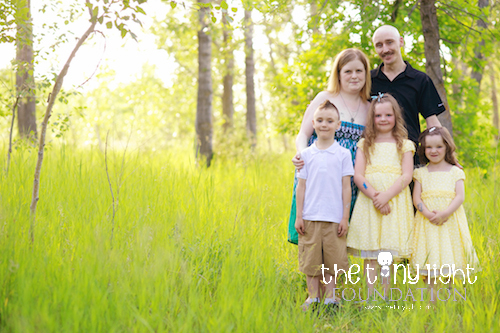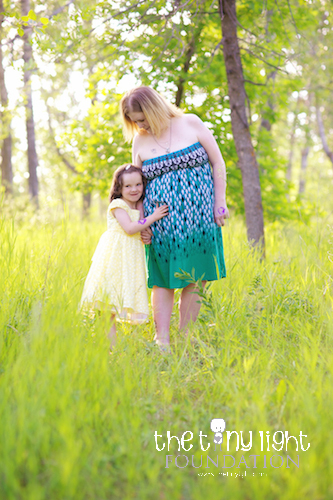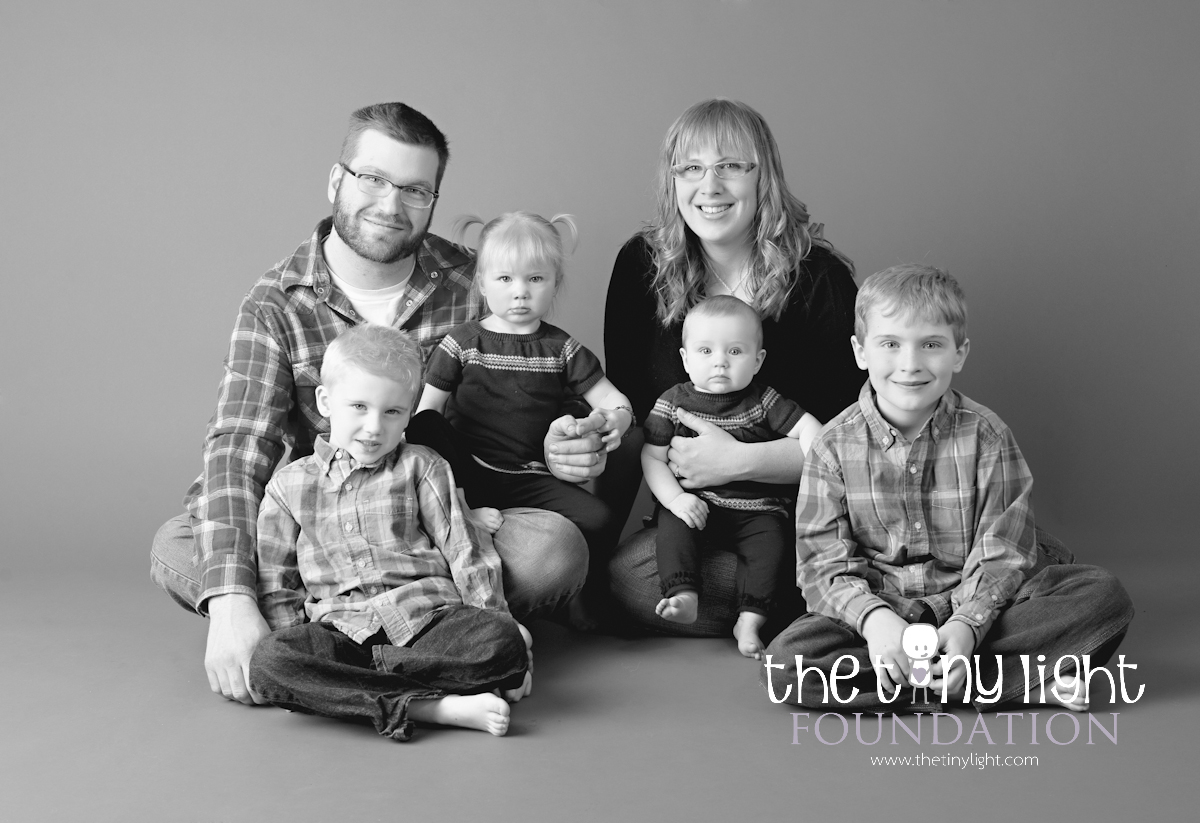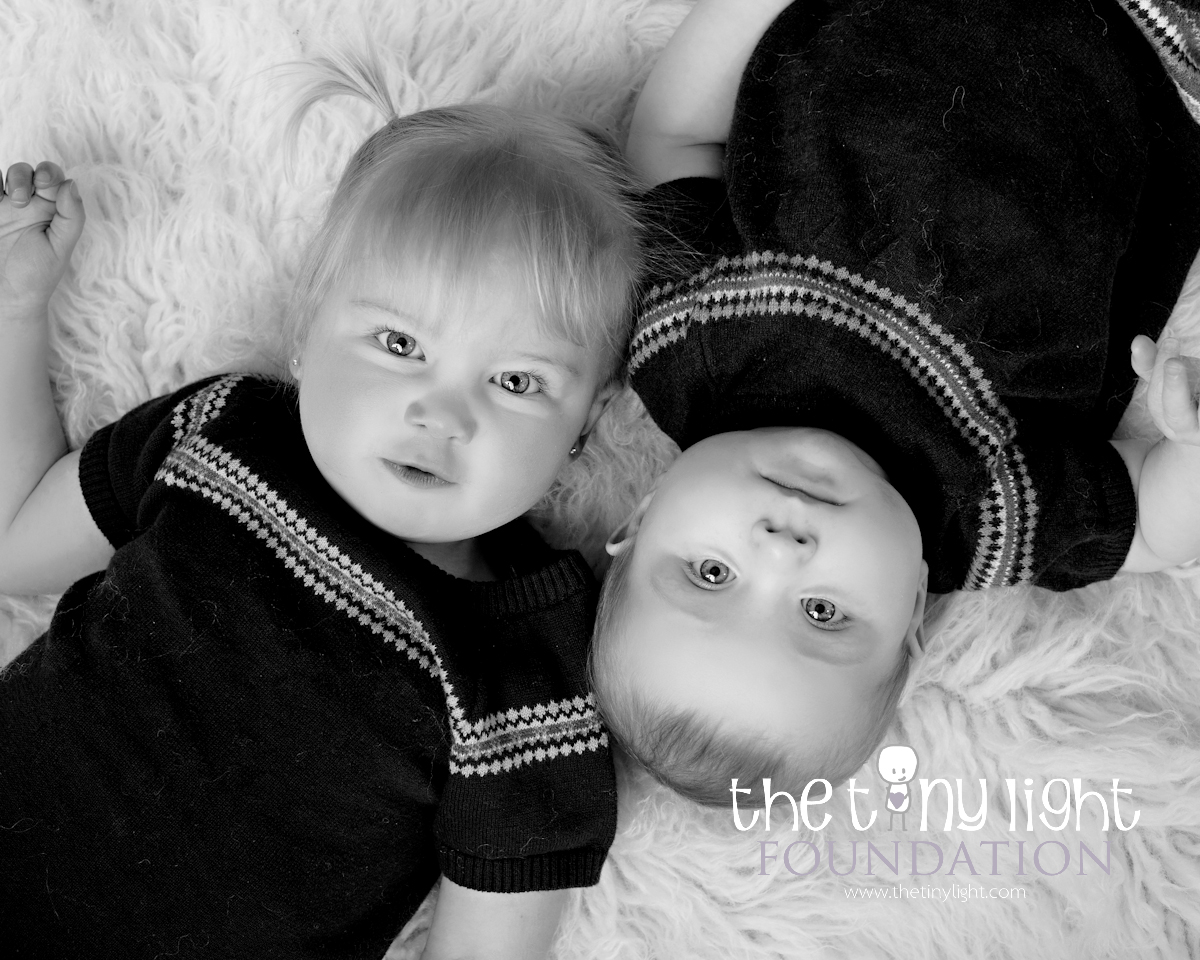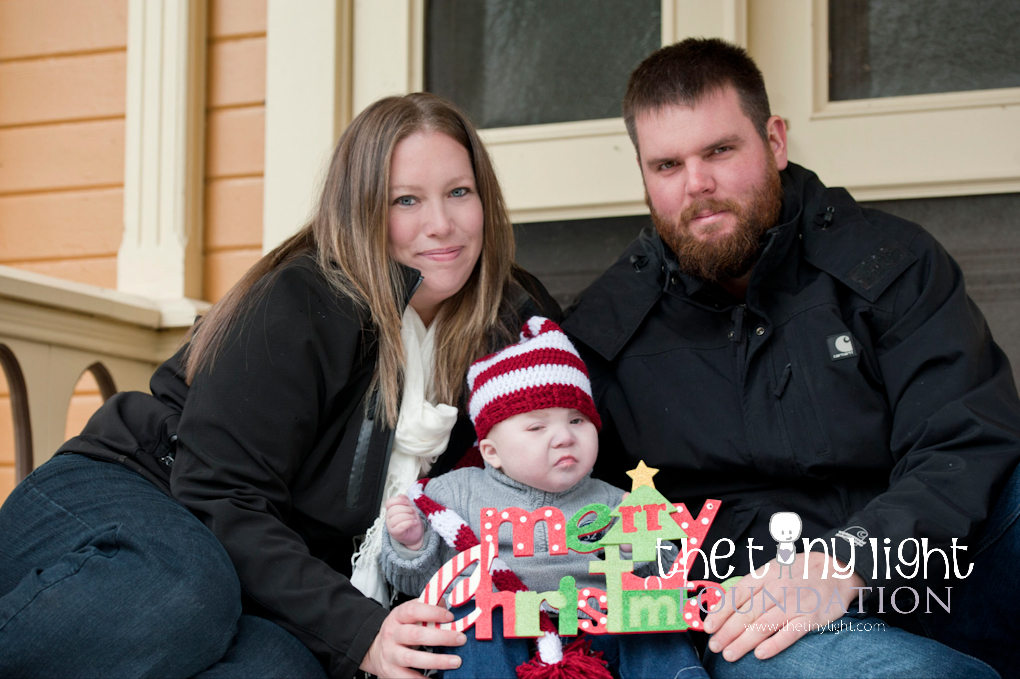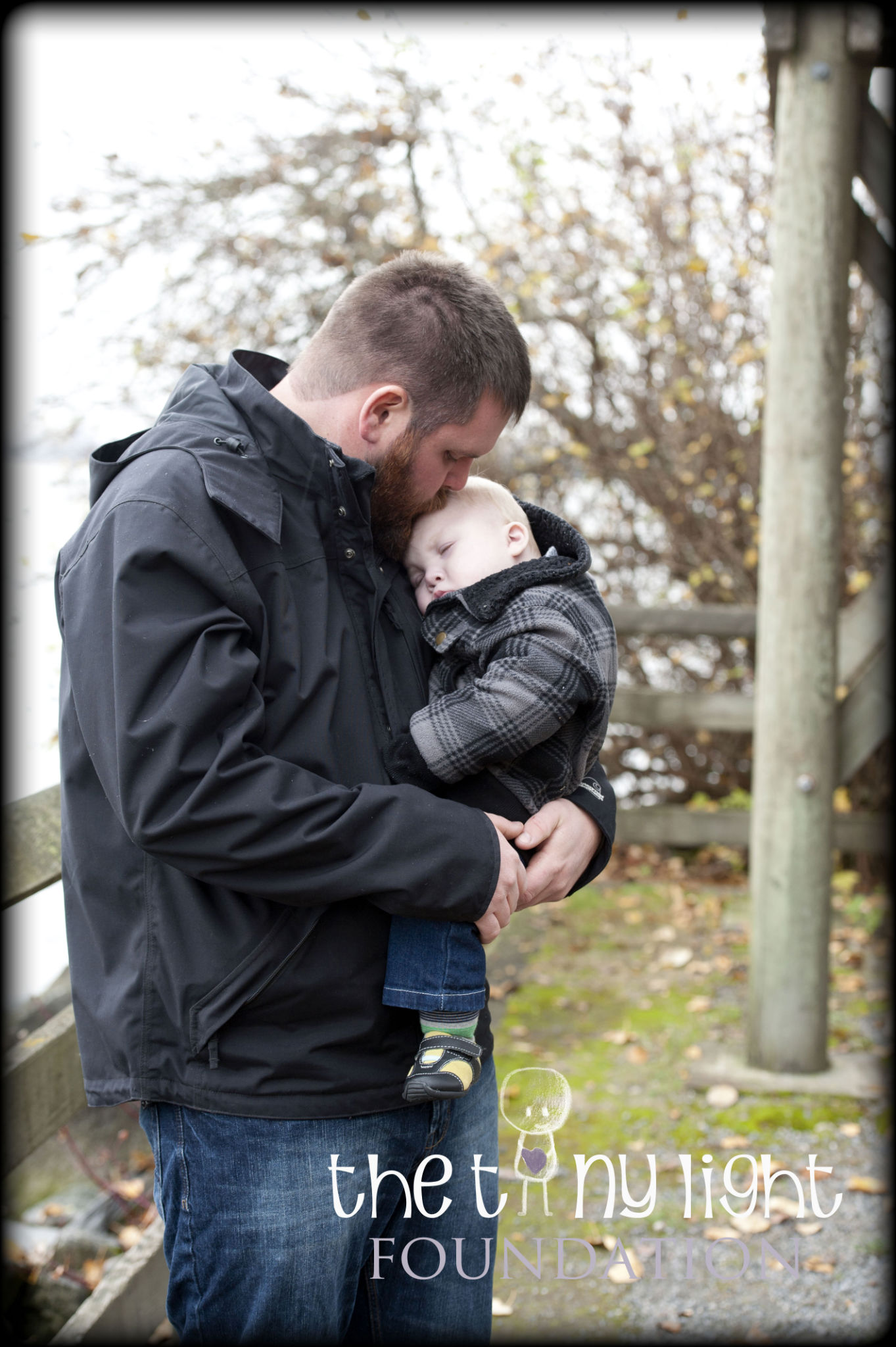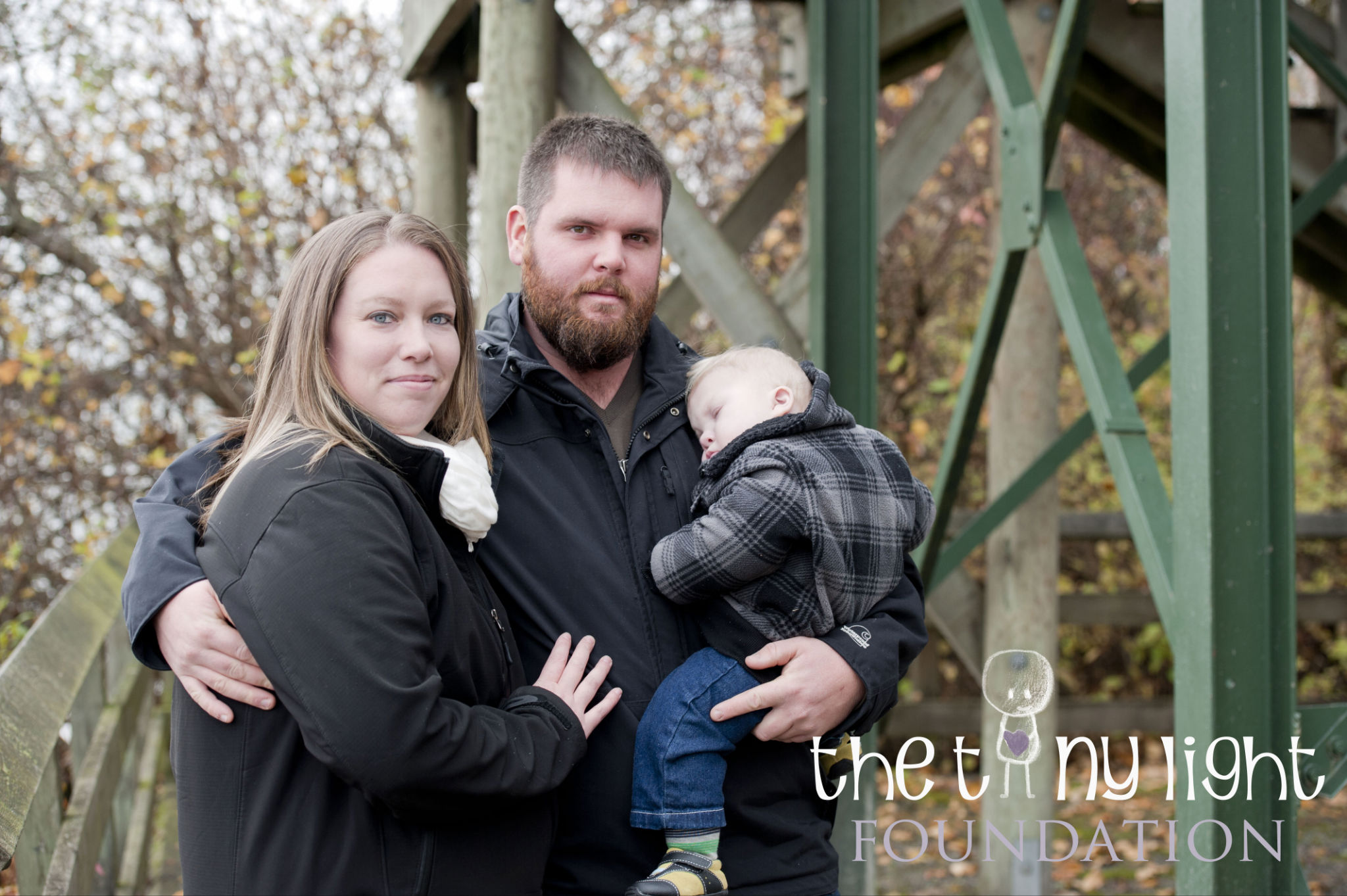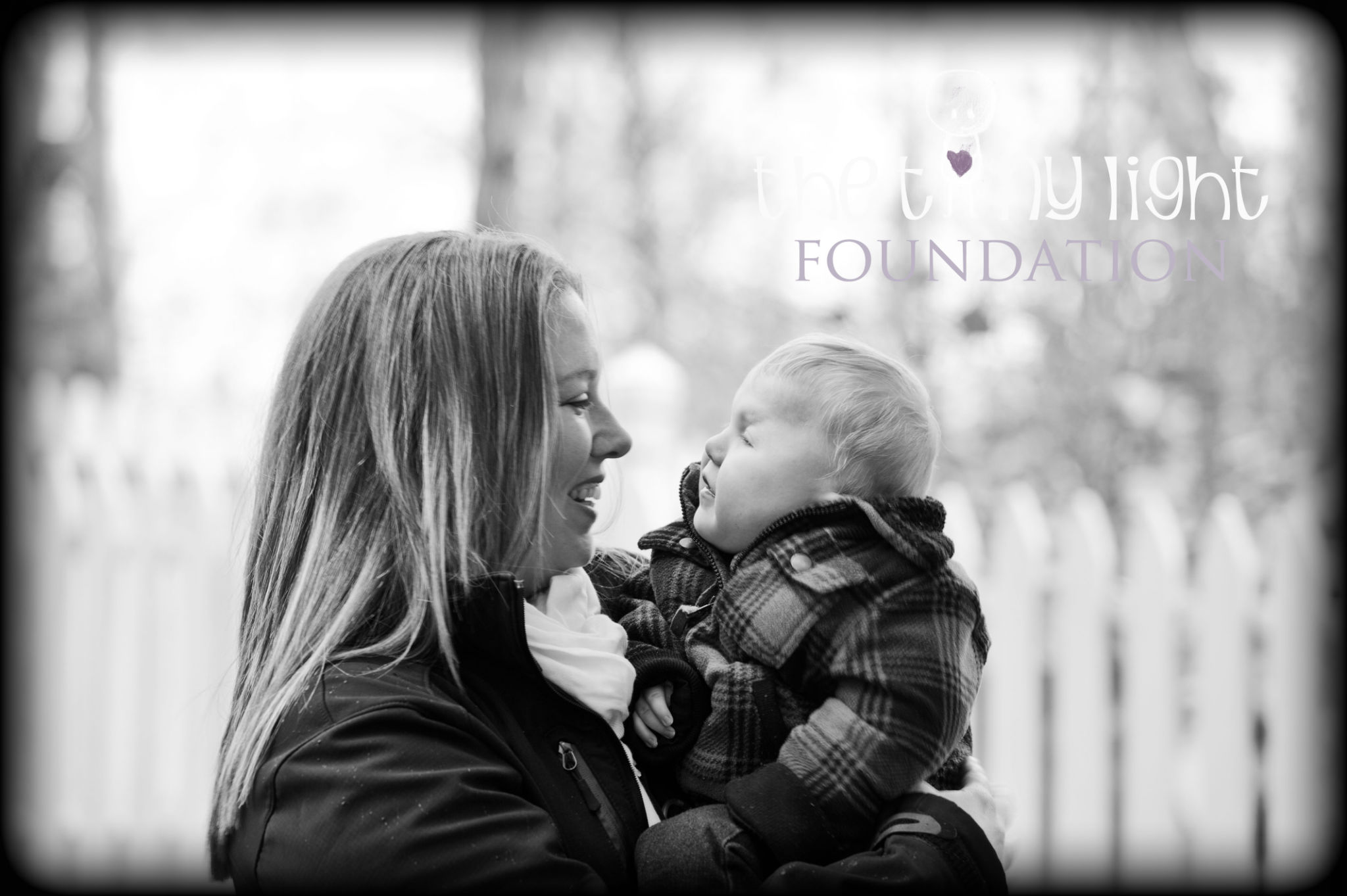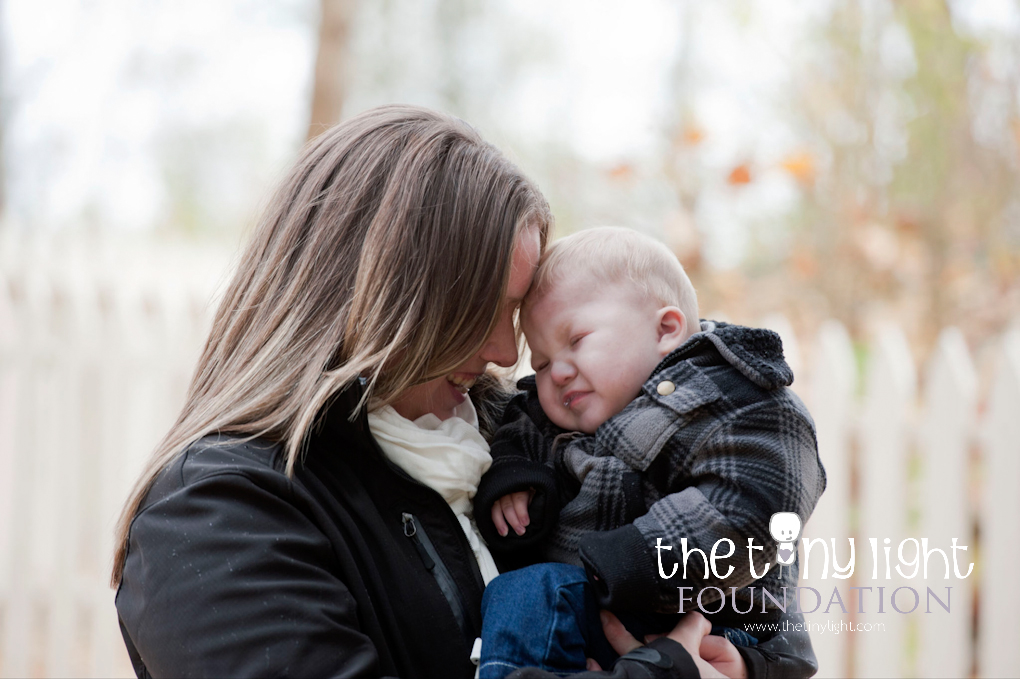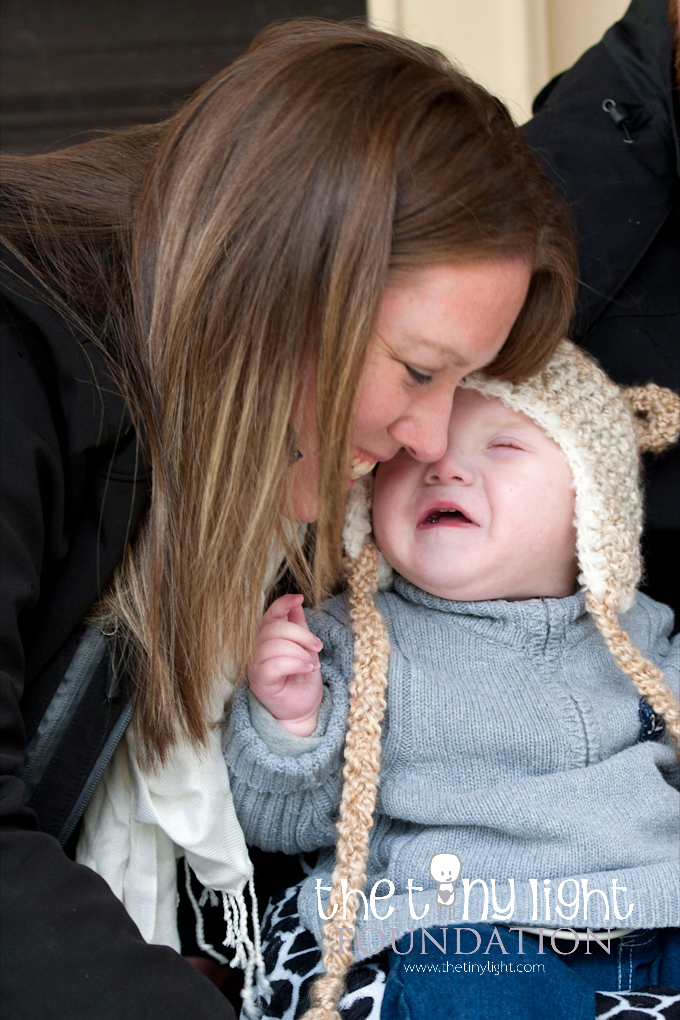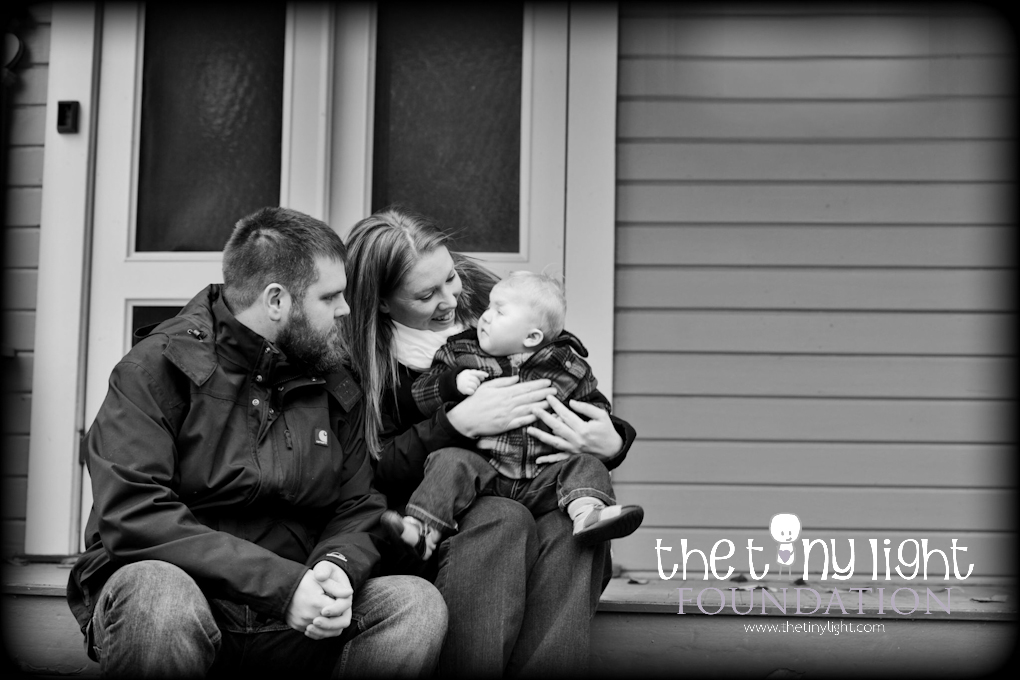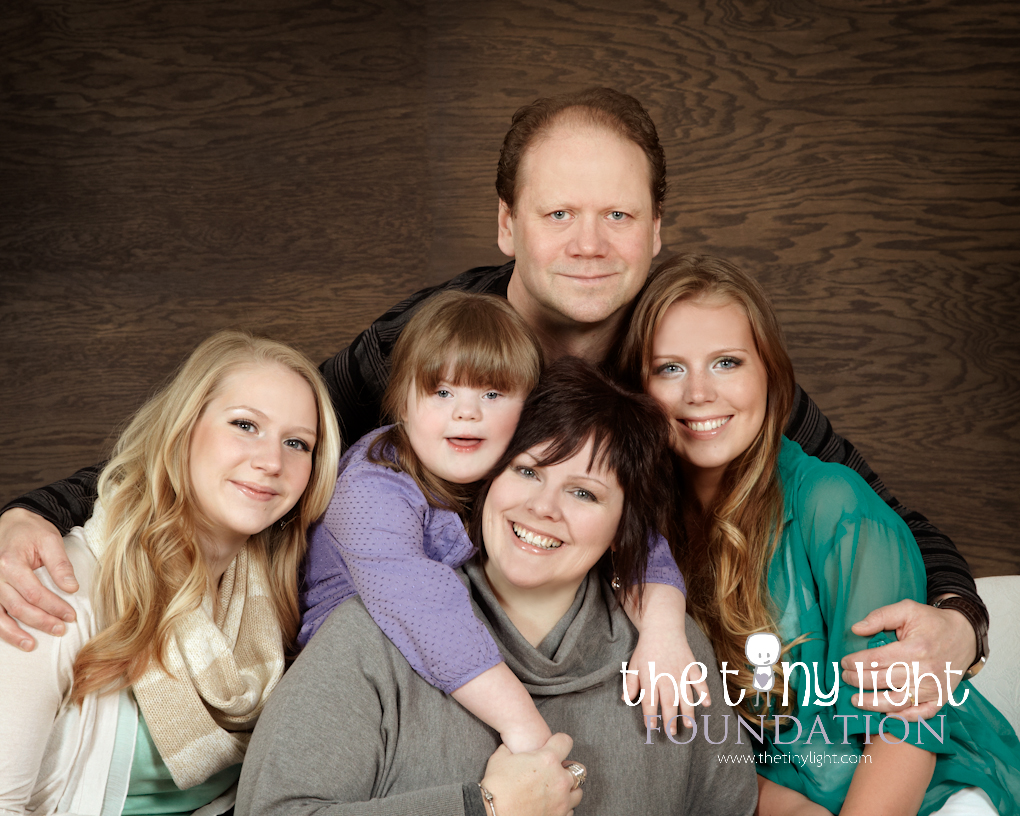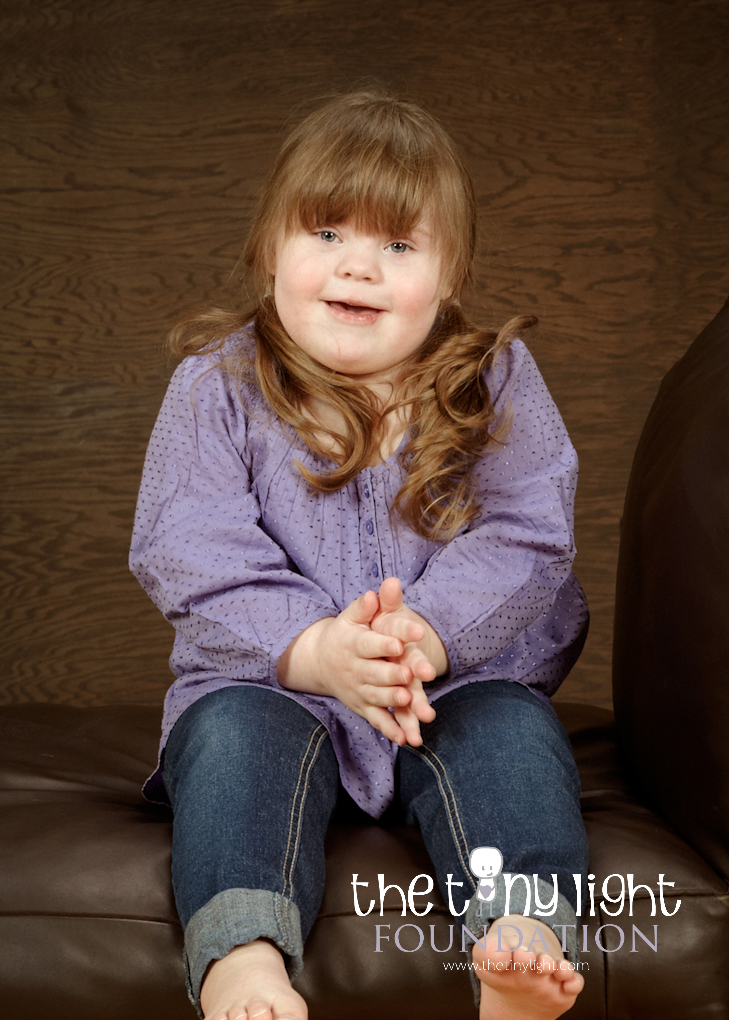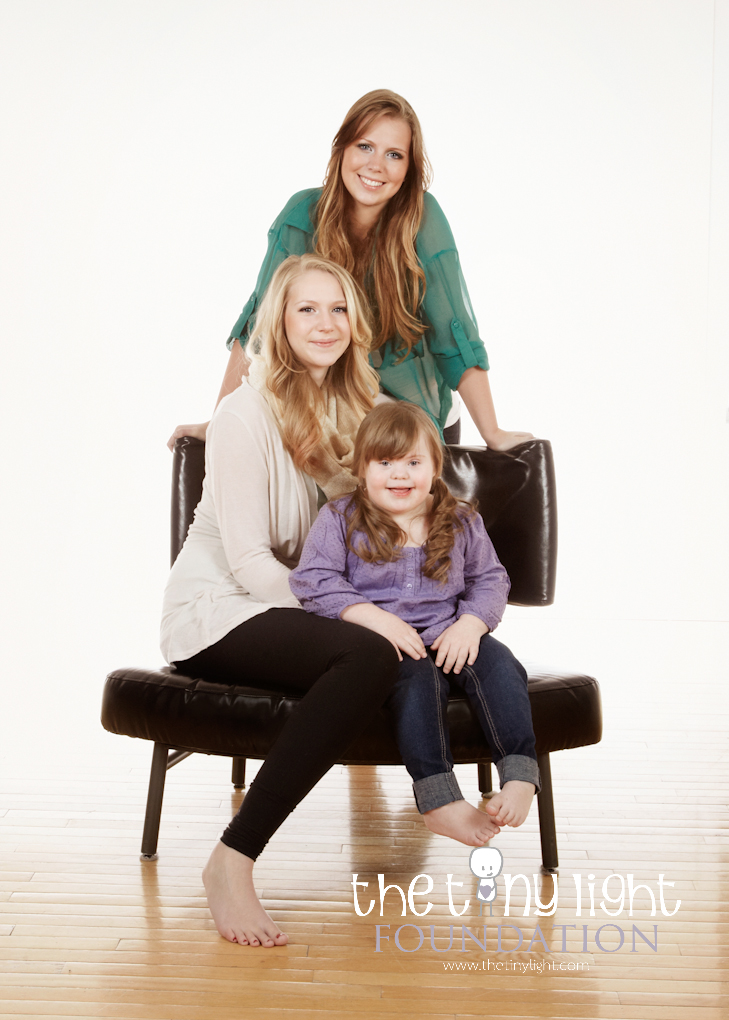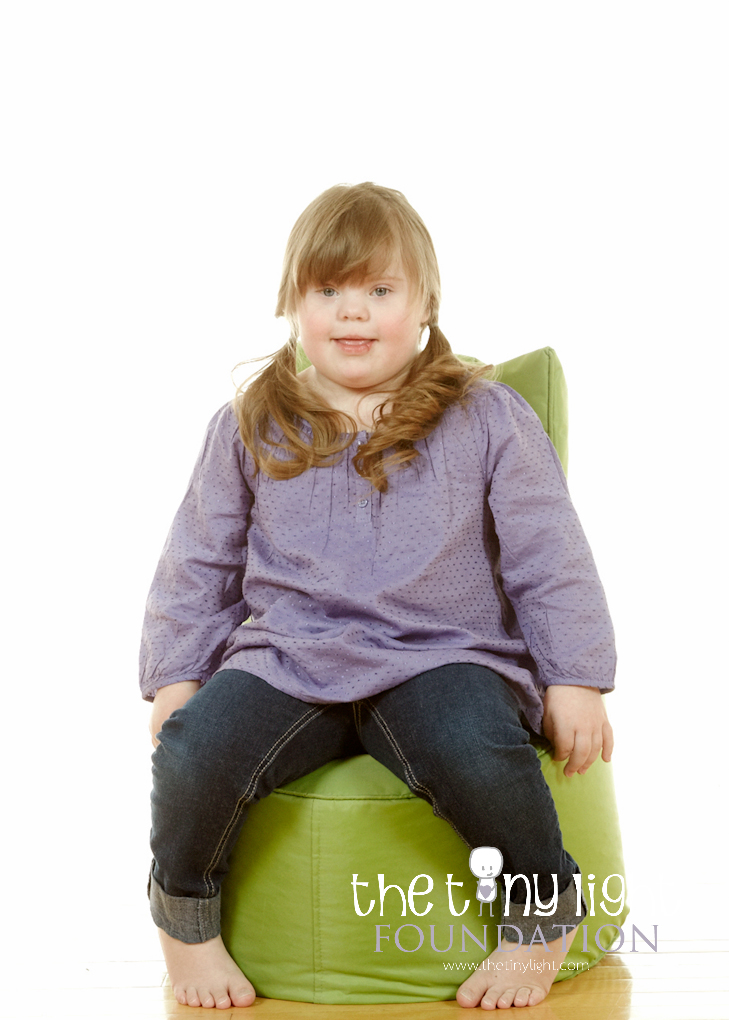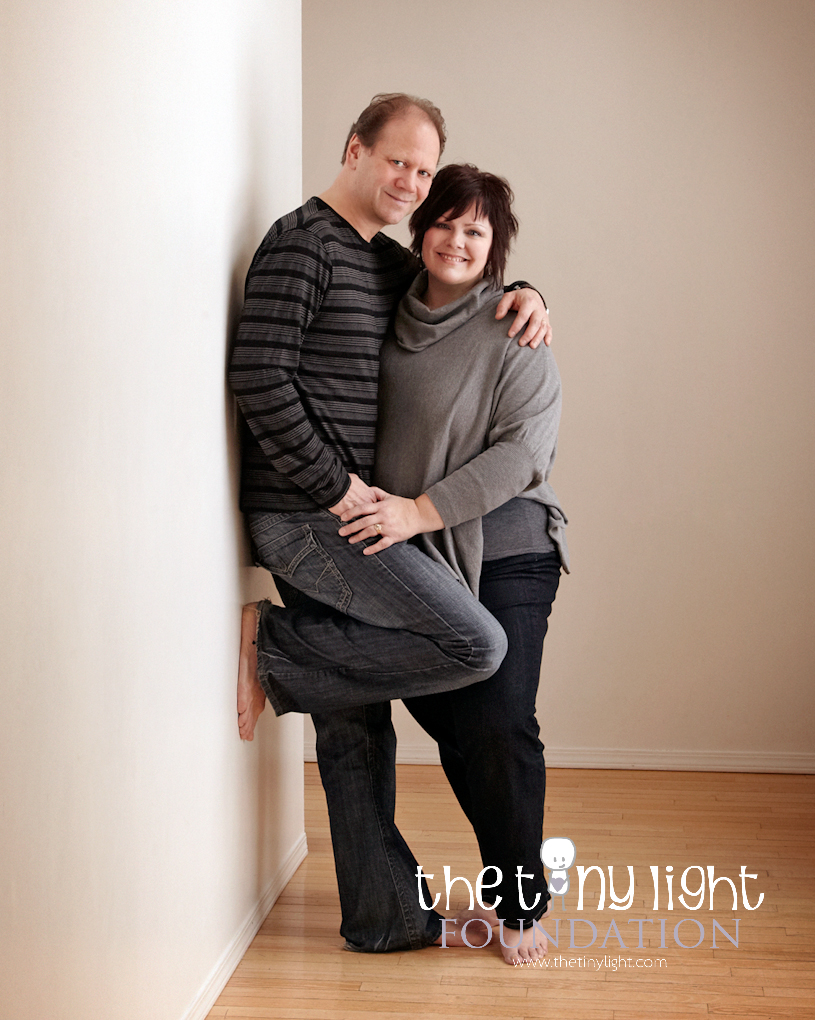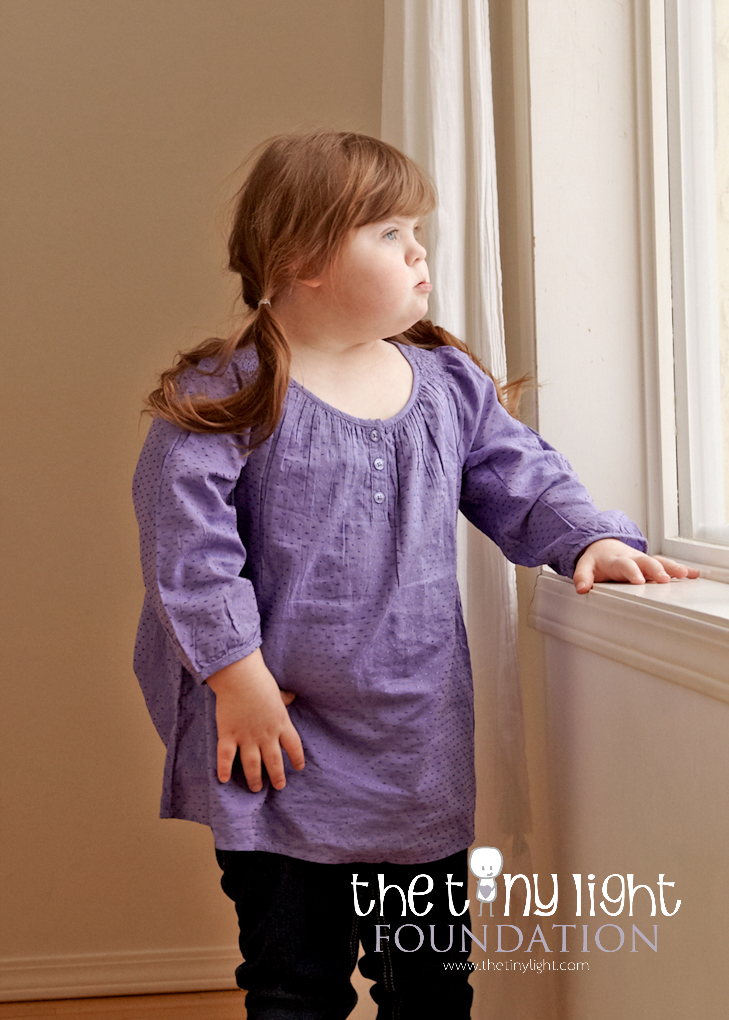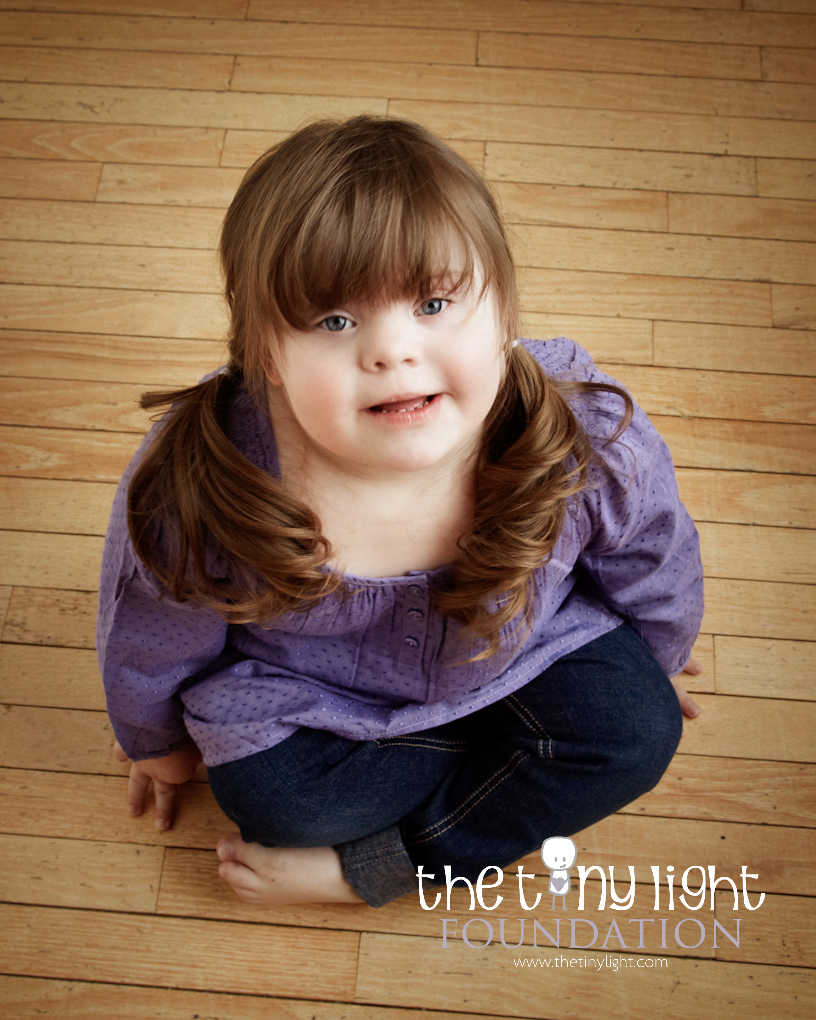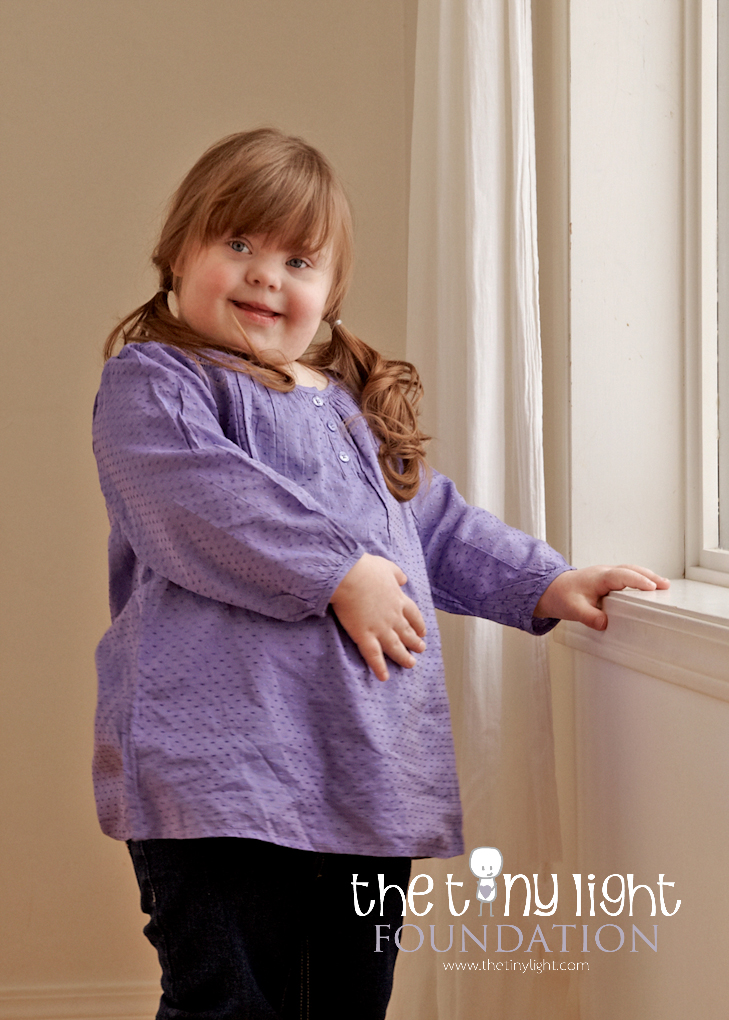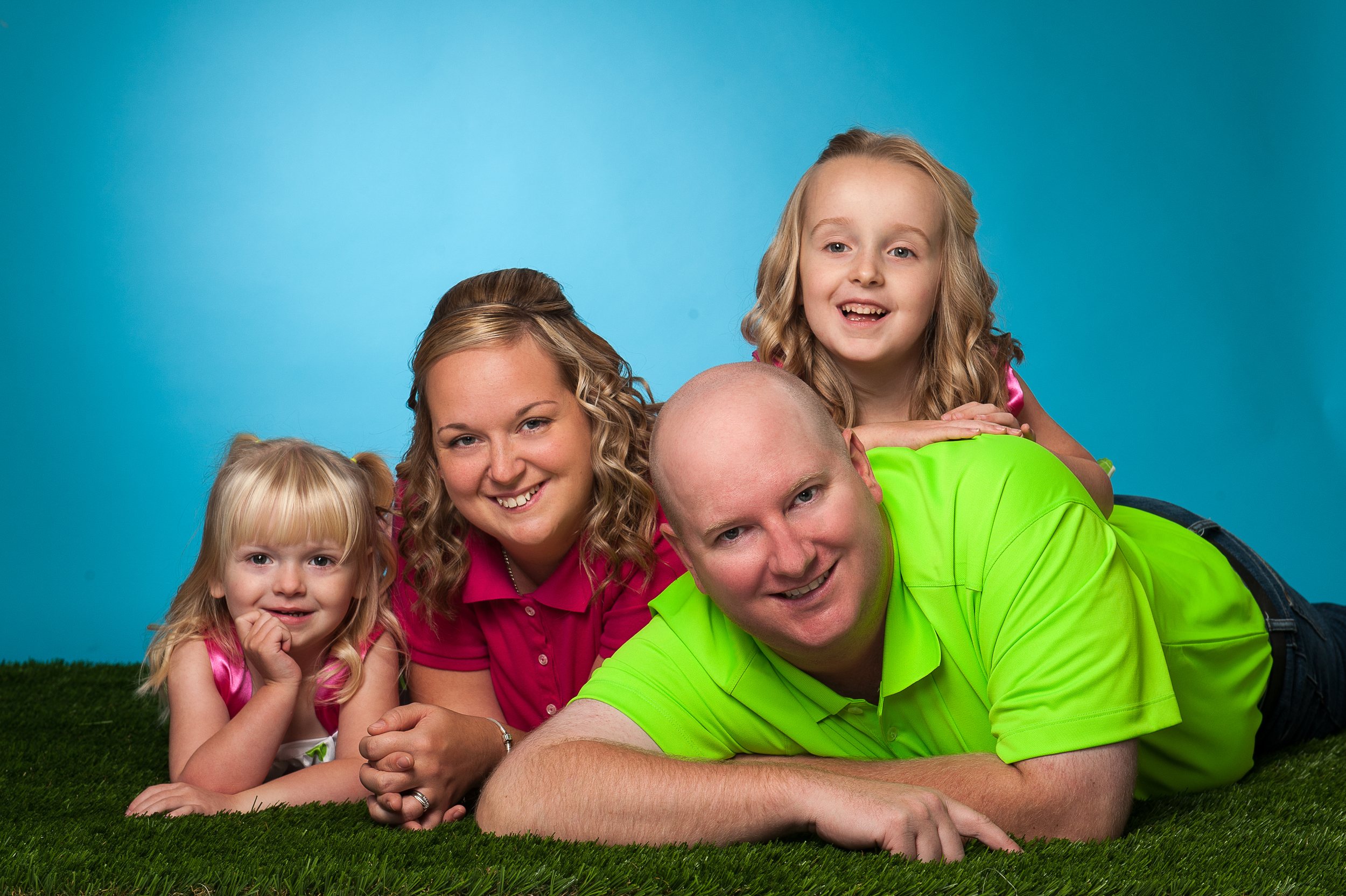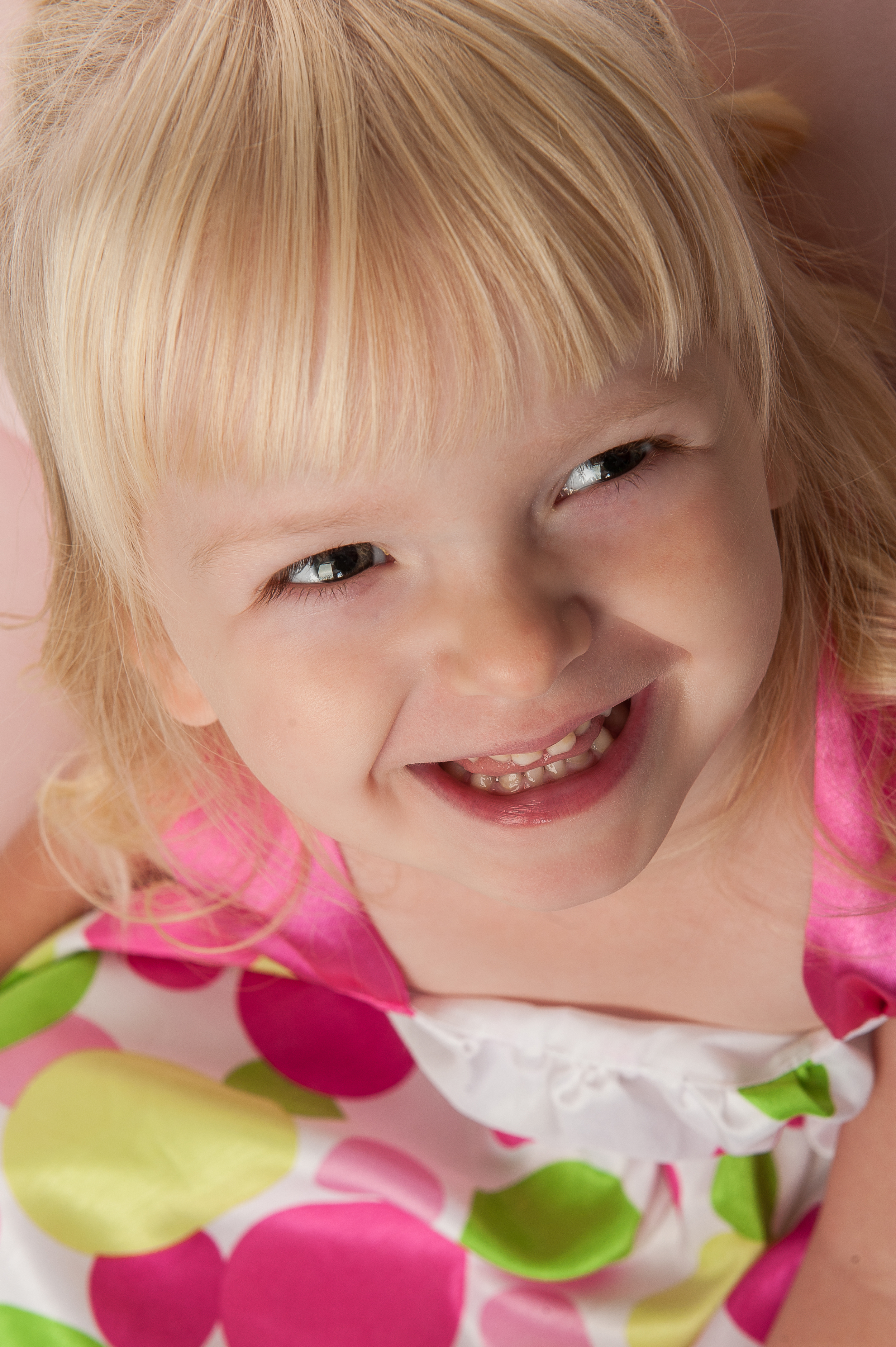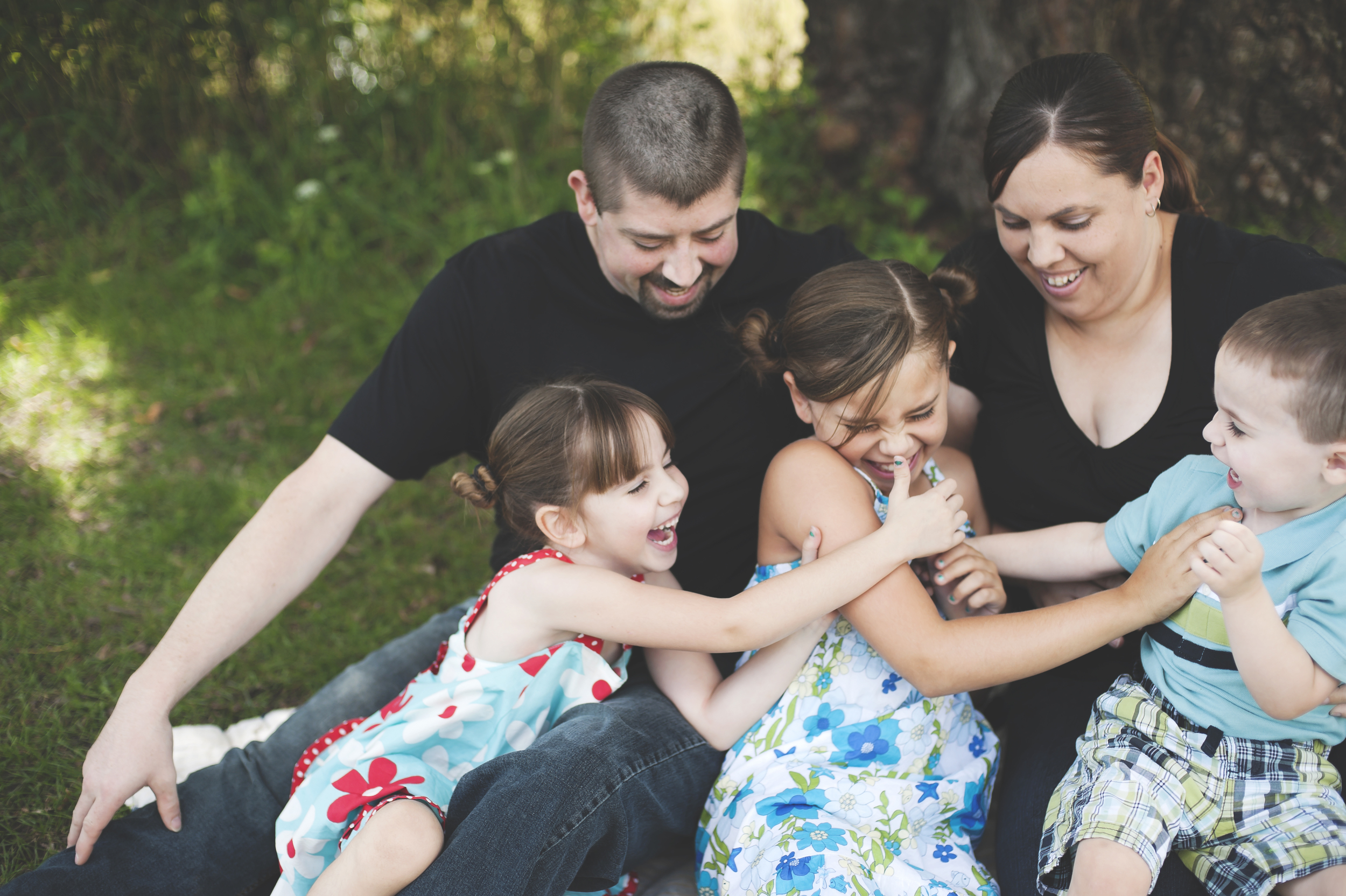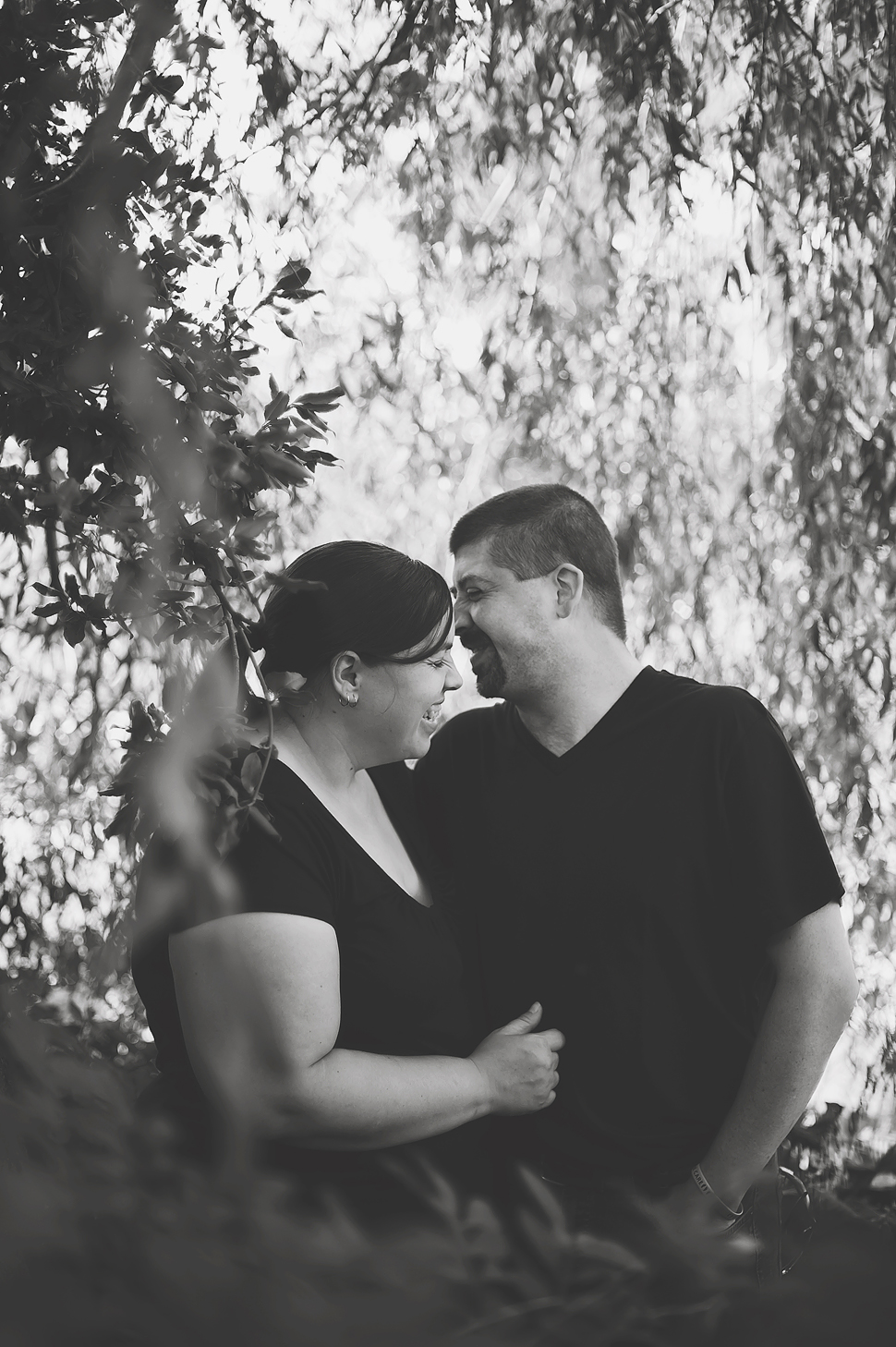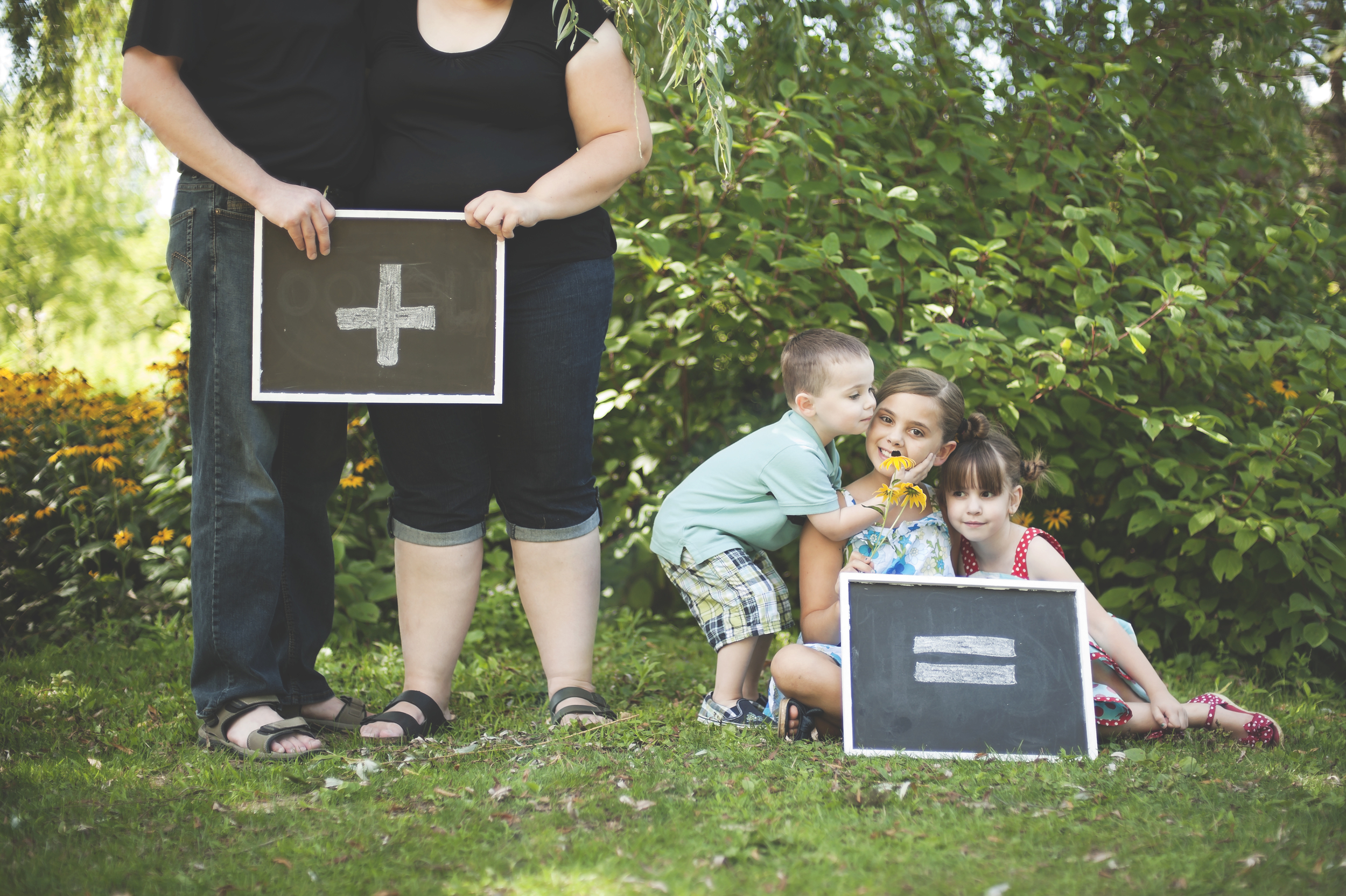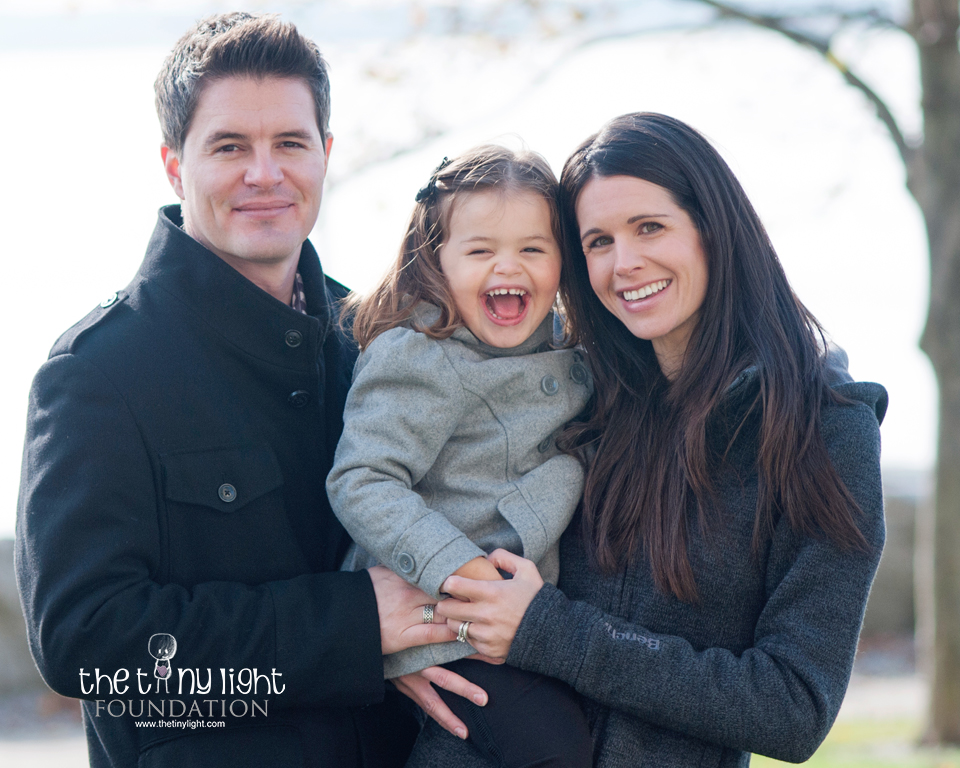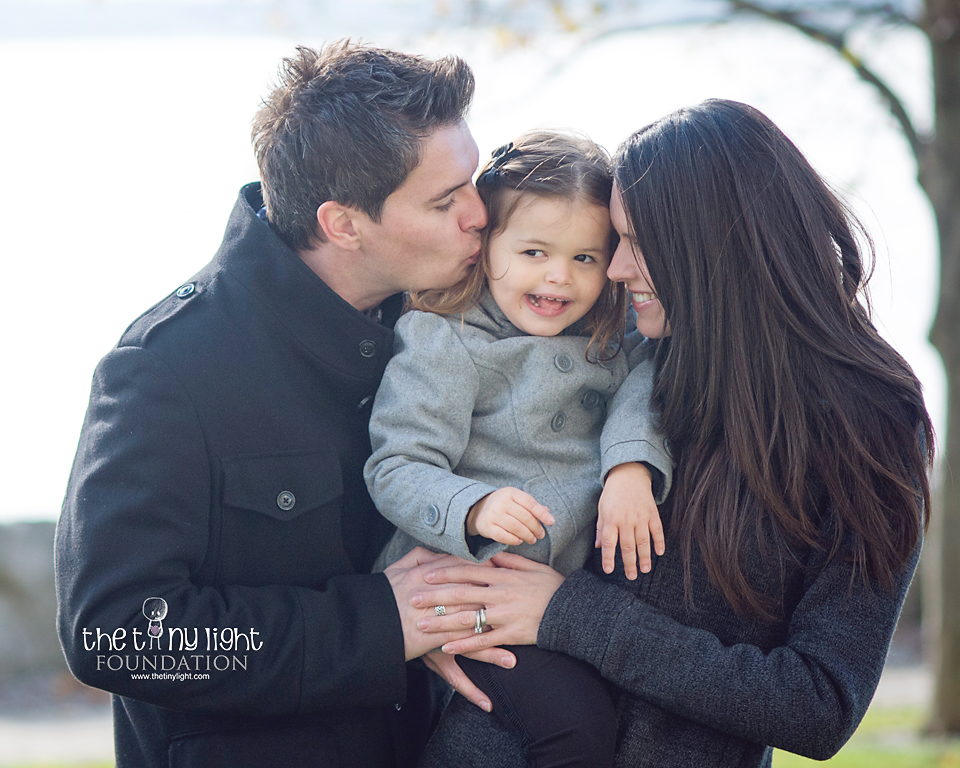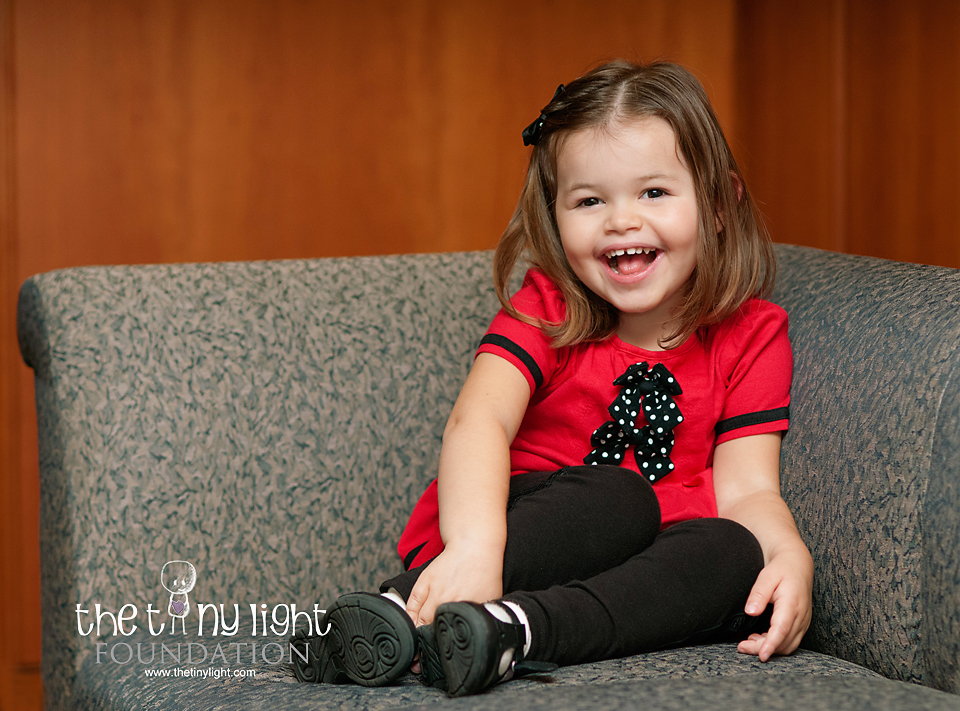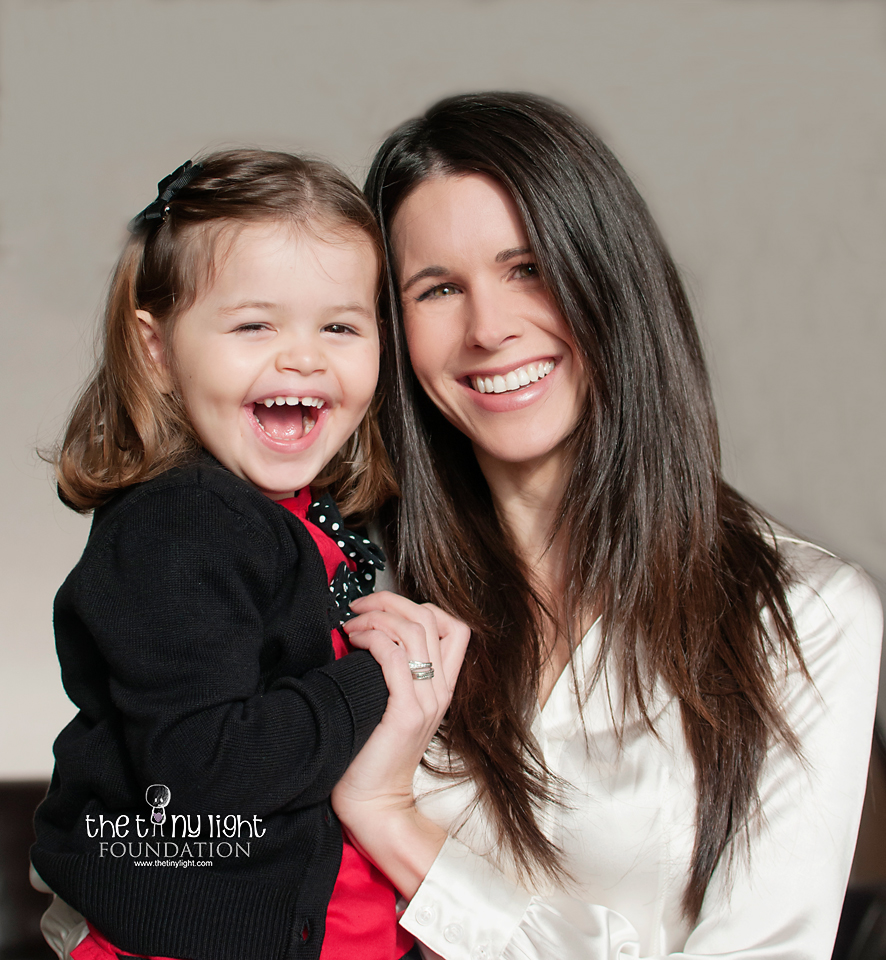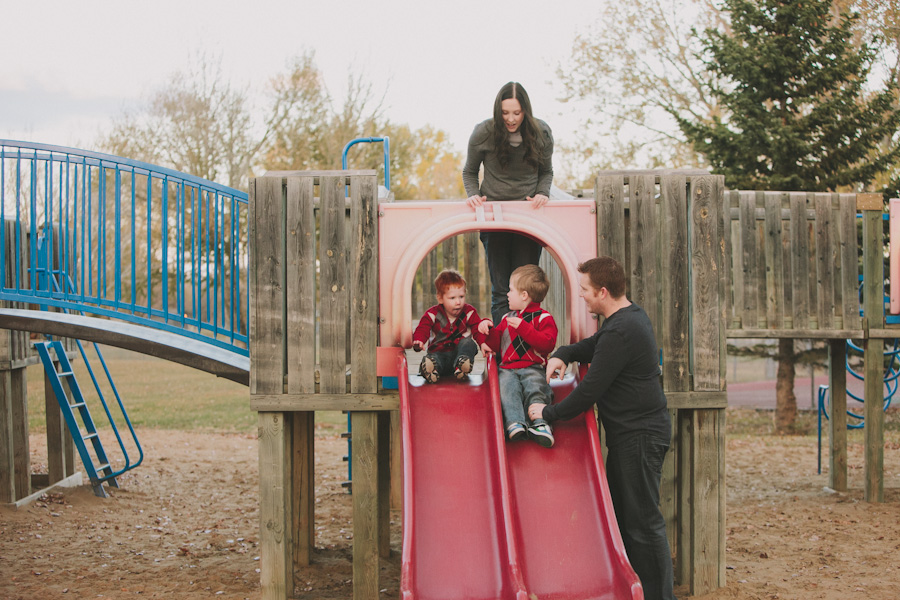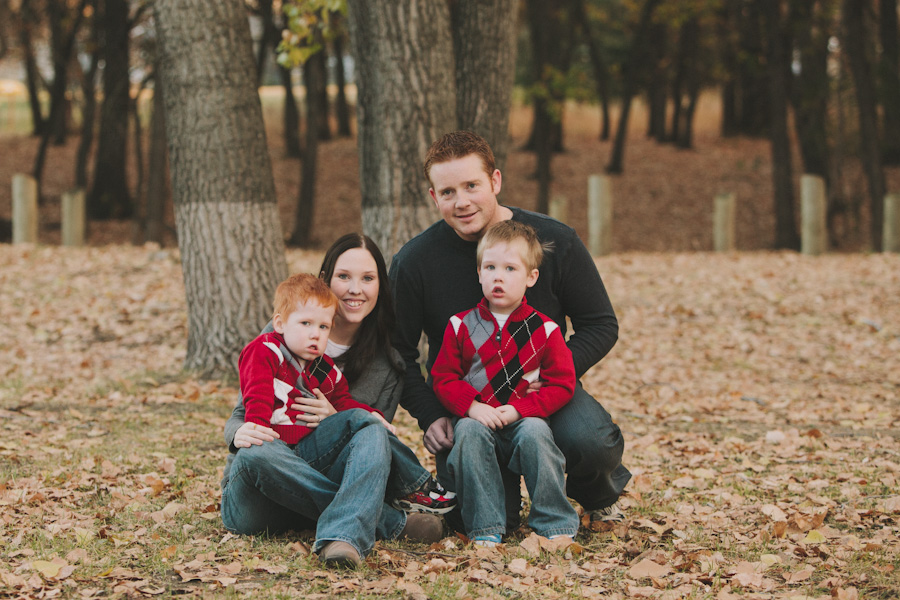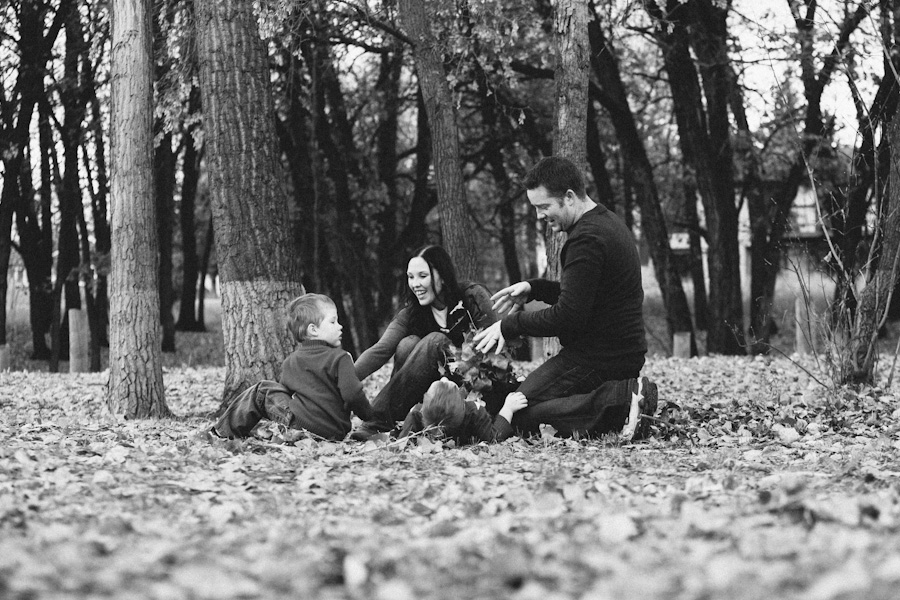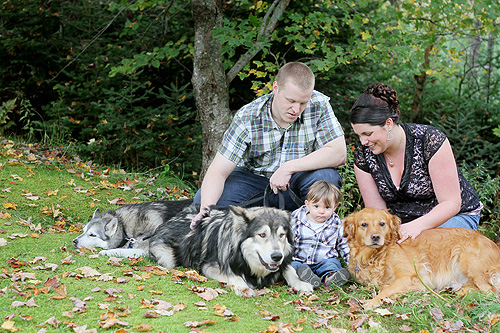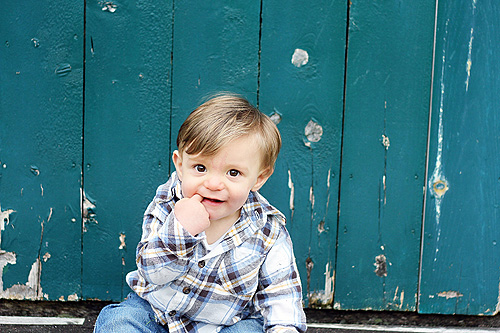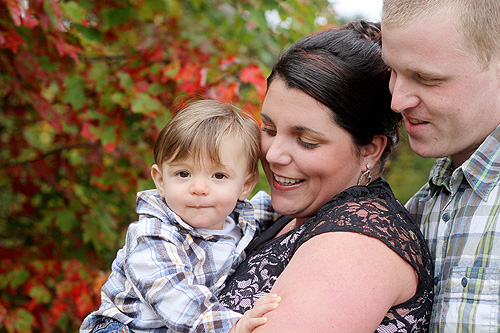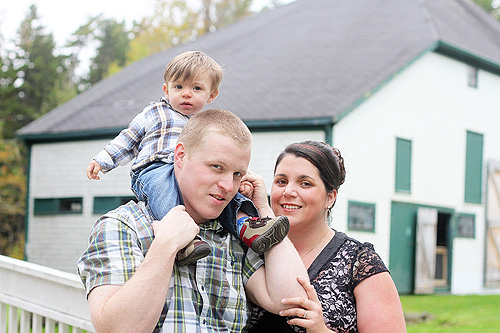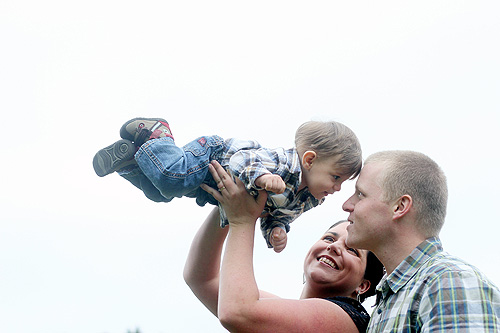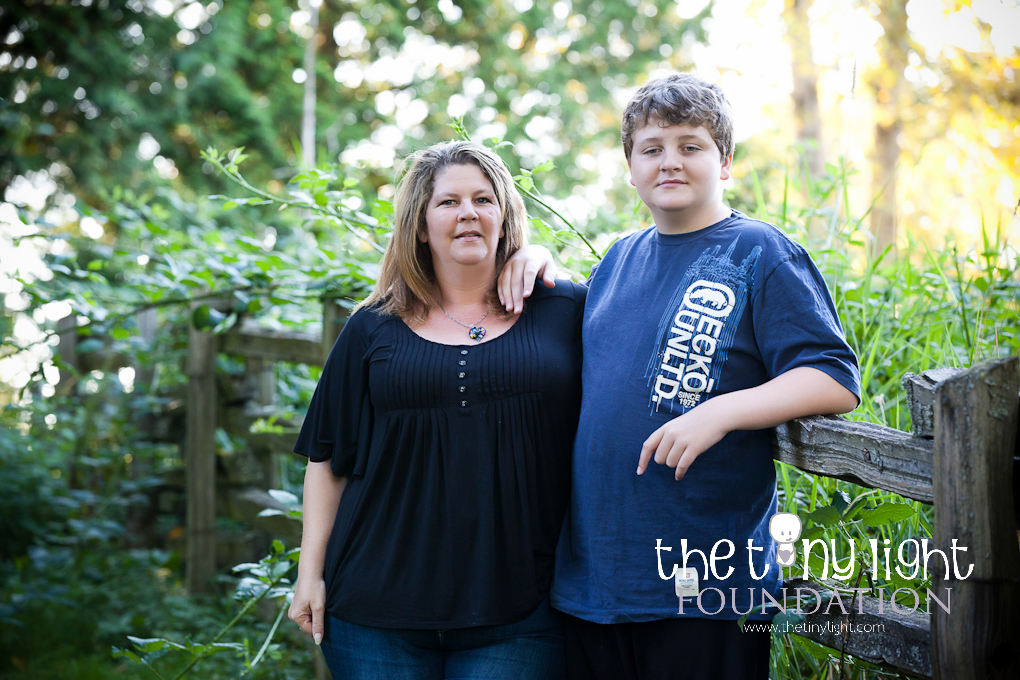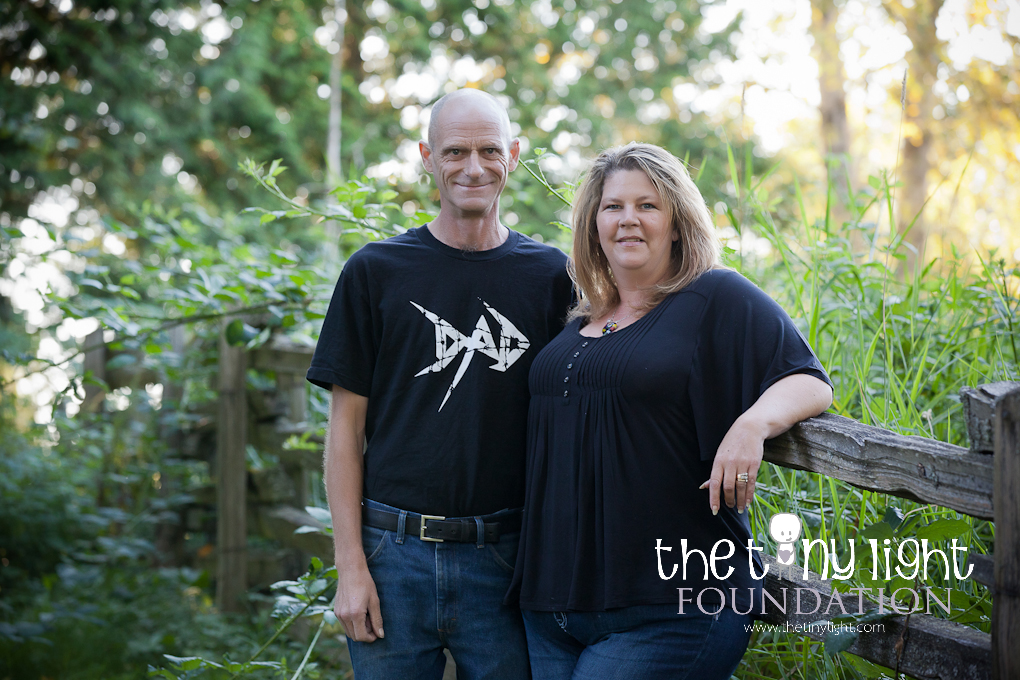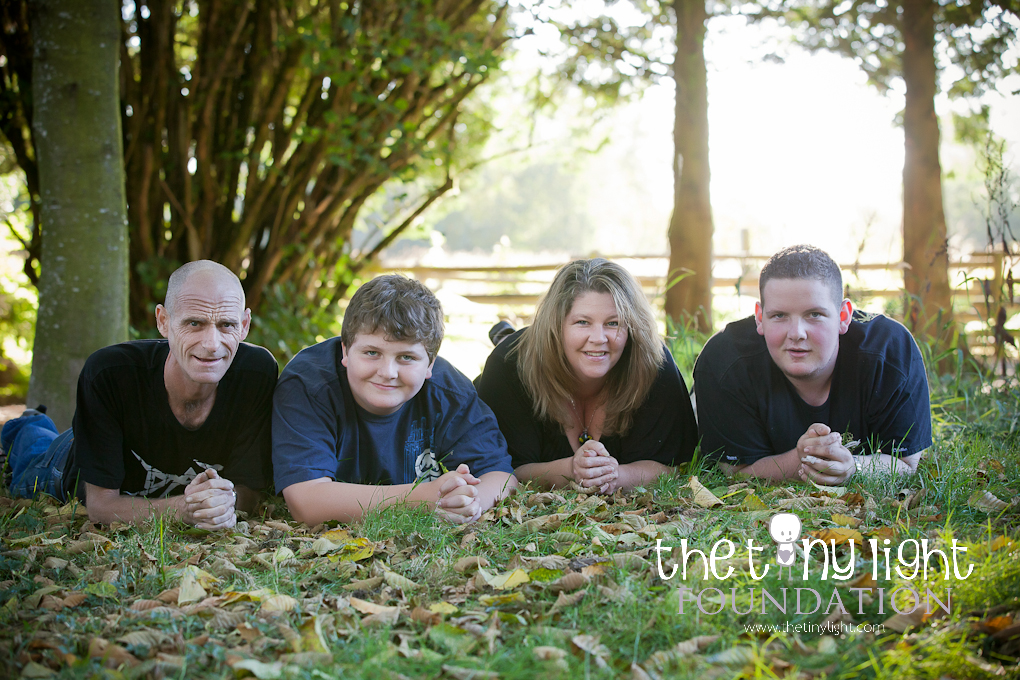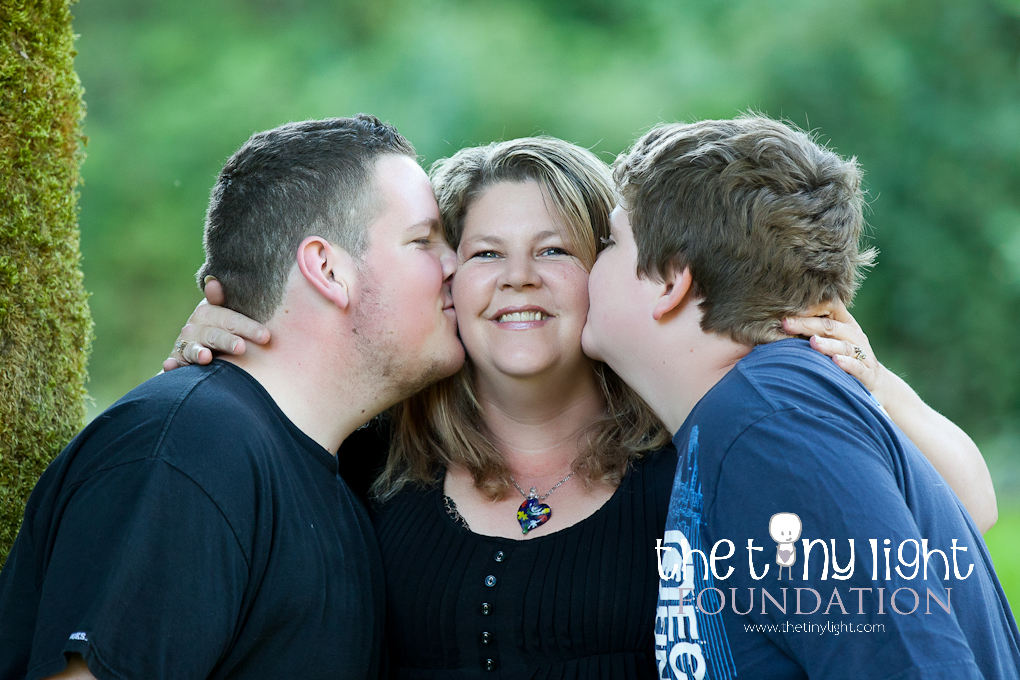Sevanna's Story
/Memories Captured by Eye 58 Photography
Meet Tiny Light Sevanna. This sweet, caring six year old is adored by everyone who knows her. She loves to dance and sing and is a whiz at remembering song lyrics. She also enjoys going to school, swimming, colouring and playing outside with her siblings and neighbourhood friends. Despite the fact that she has been through so much already, spending nearly half of her life in the hospital, she continues to demonstrate her incredible fighting spirit and love for life.
During a routine ultrasound, Sevanna's mother, Ricki, was told that she would be having a baby girl, but that something was wrong with her heart. When Sevanna was born, she was diagnosed with multiple heart defects: only one ventricle with a severe VSD (ventricular septal defect), pulmonary atresia, an ASD (atrial septal defect), a PDA (patent ductus arteriosus), L-TGA (left-side transposition of the great arteries) and a missing mitral valve. Sevanna’s lungs are also reversed (situs ambiguus) and she was born with no connection from her aortic arch to her lungs. What is unique about Sevanna's case is the positioning of her heart. It sits to the right at a severely tipped angle and is also upside down and backwards.
She’s the only child in North America diagnosed with both hypoplastic left and right heart syndrome because the walls in her heart chambers have the characteristics of both sides (smooth and ripply walls). Her official diagnosis is “dual indeterminate hypoplastic left and right heart syndrome.” Unfortunately, there were also many complications during her heart surgeries, resulting in vision loss (she is blind in her left eye), kidney damage and moderate brain injury. She’s been diagnosed with epilepsy and ADHD as well.
Sevanna's health has been stable for over a year now, though she continues to be seen by many doctors and specialists. Within the next couple of years, she’ll require a valve replacement and, in her teens or early 20s, she’ll receive a heart transplant. For now, Sevanna will continue pursuing her dream of becoming a singer and dancer, singing with her mom daily and taking ballet lessons.
Story written by Emily Harrison



